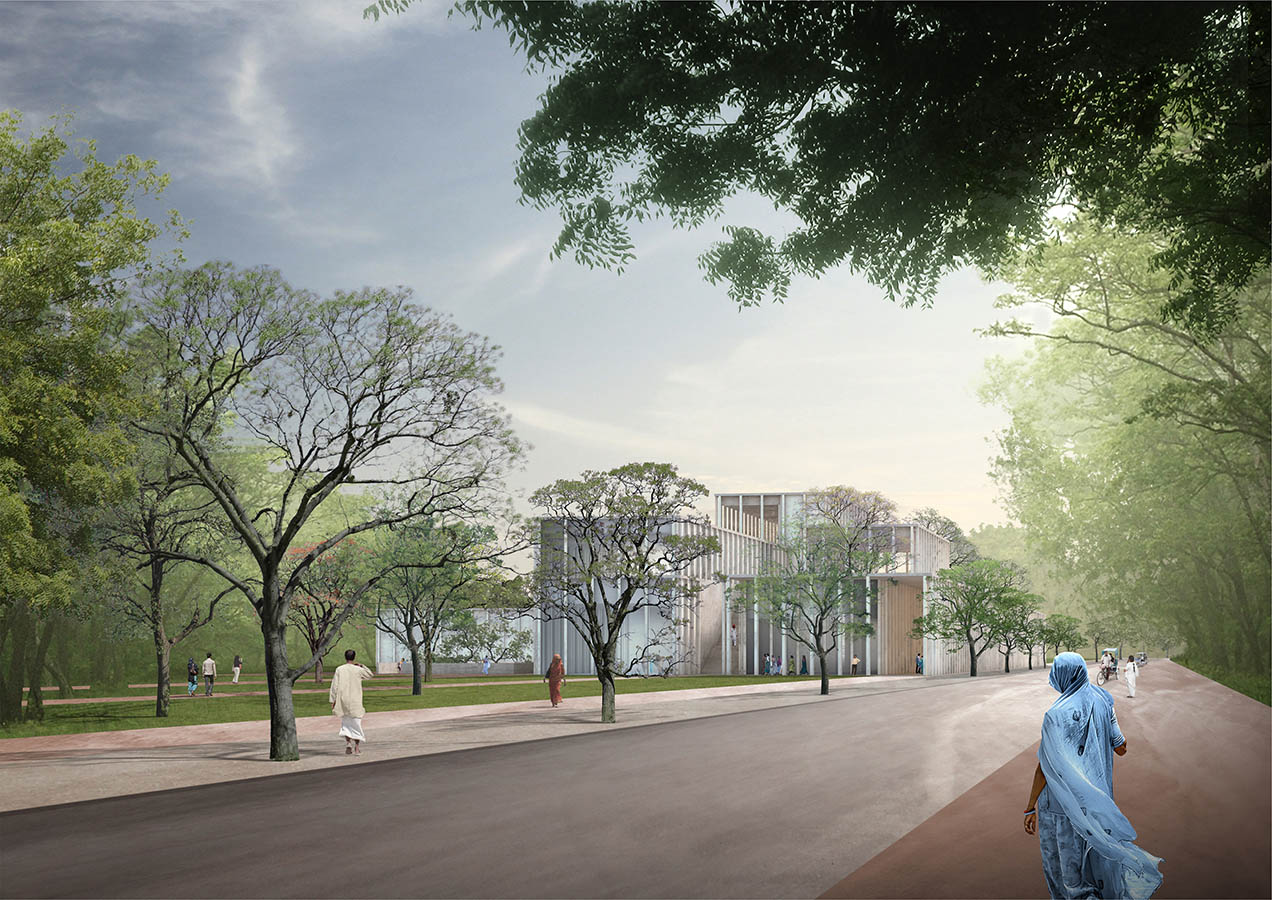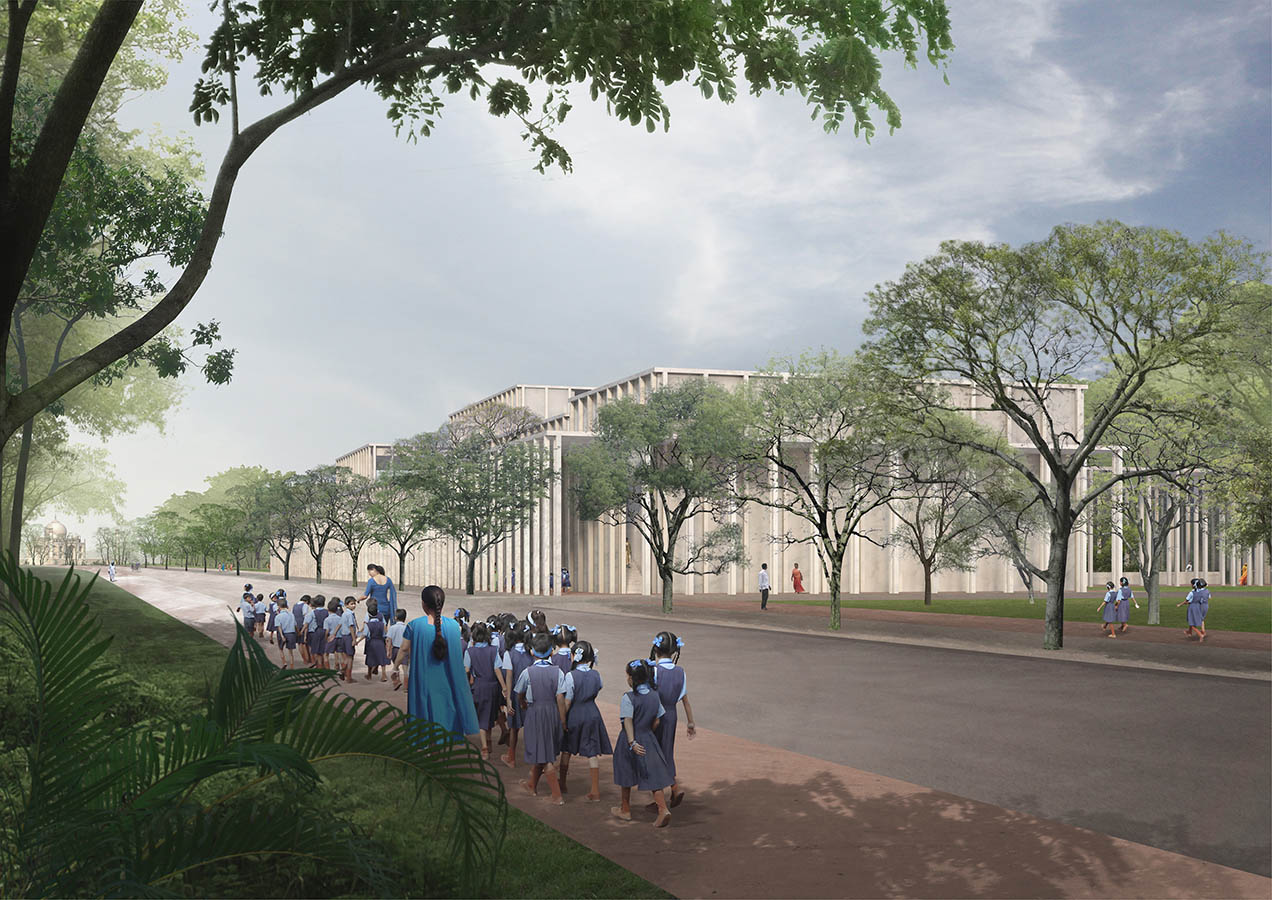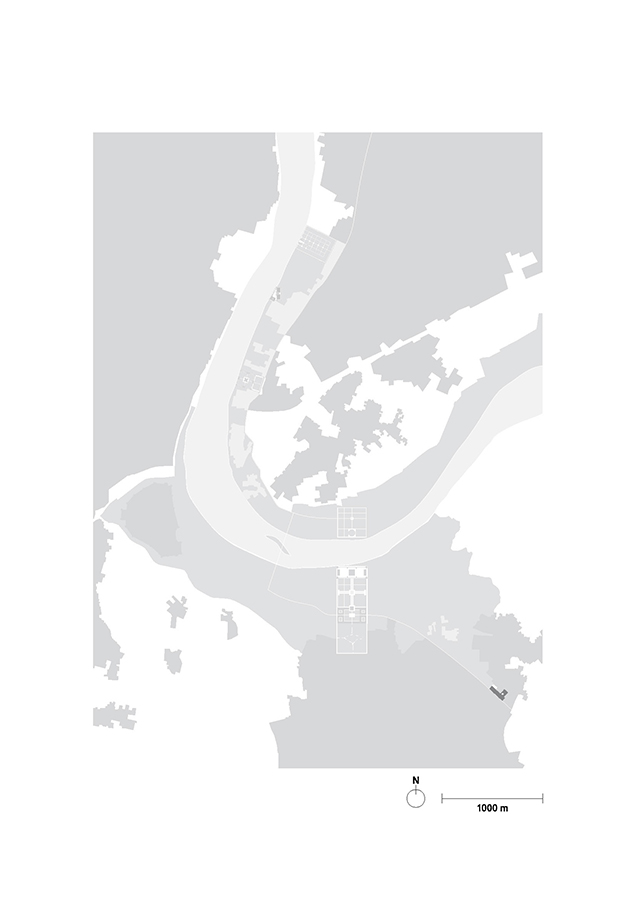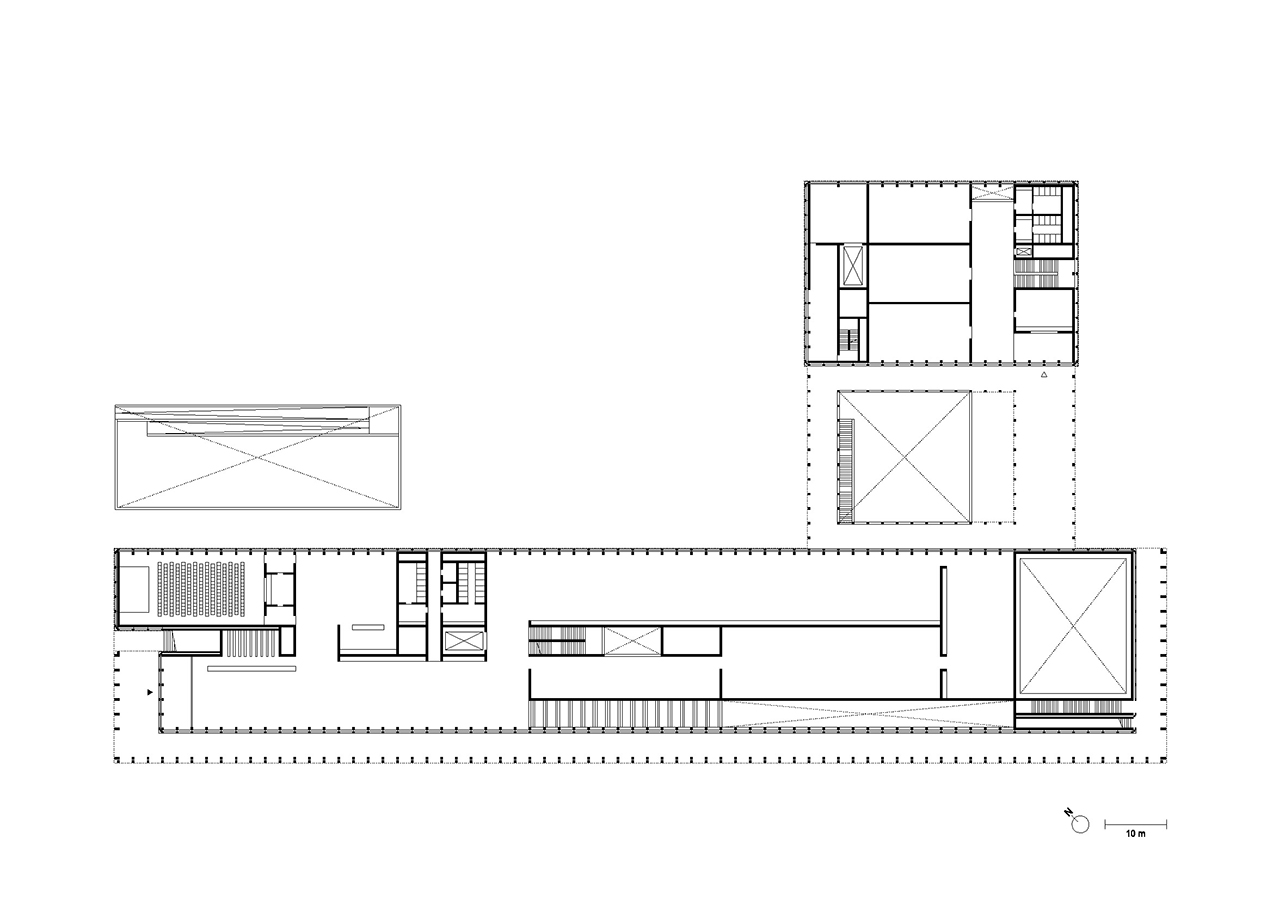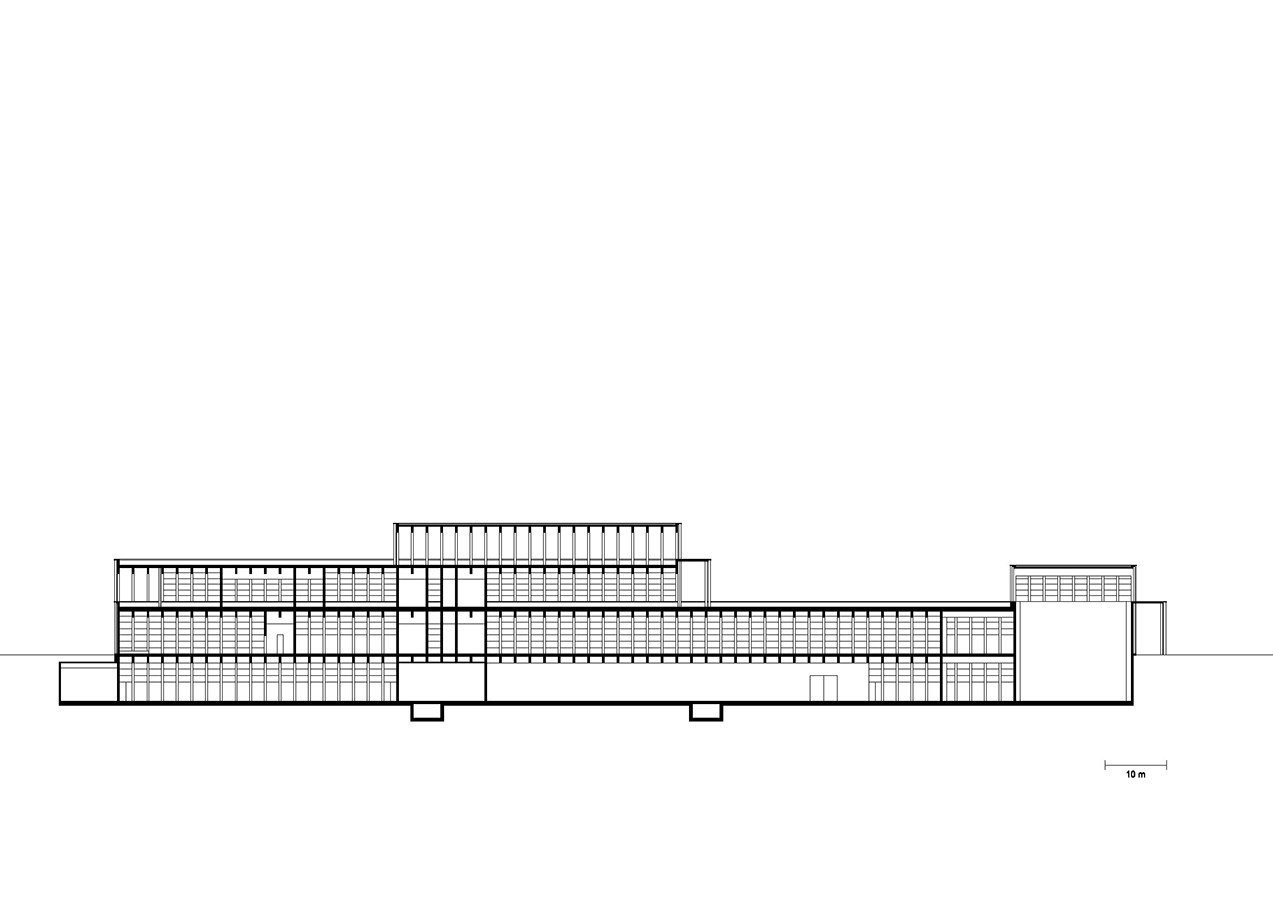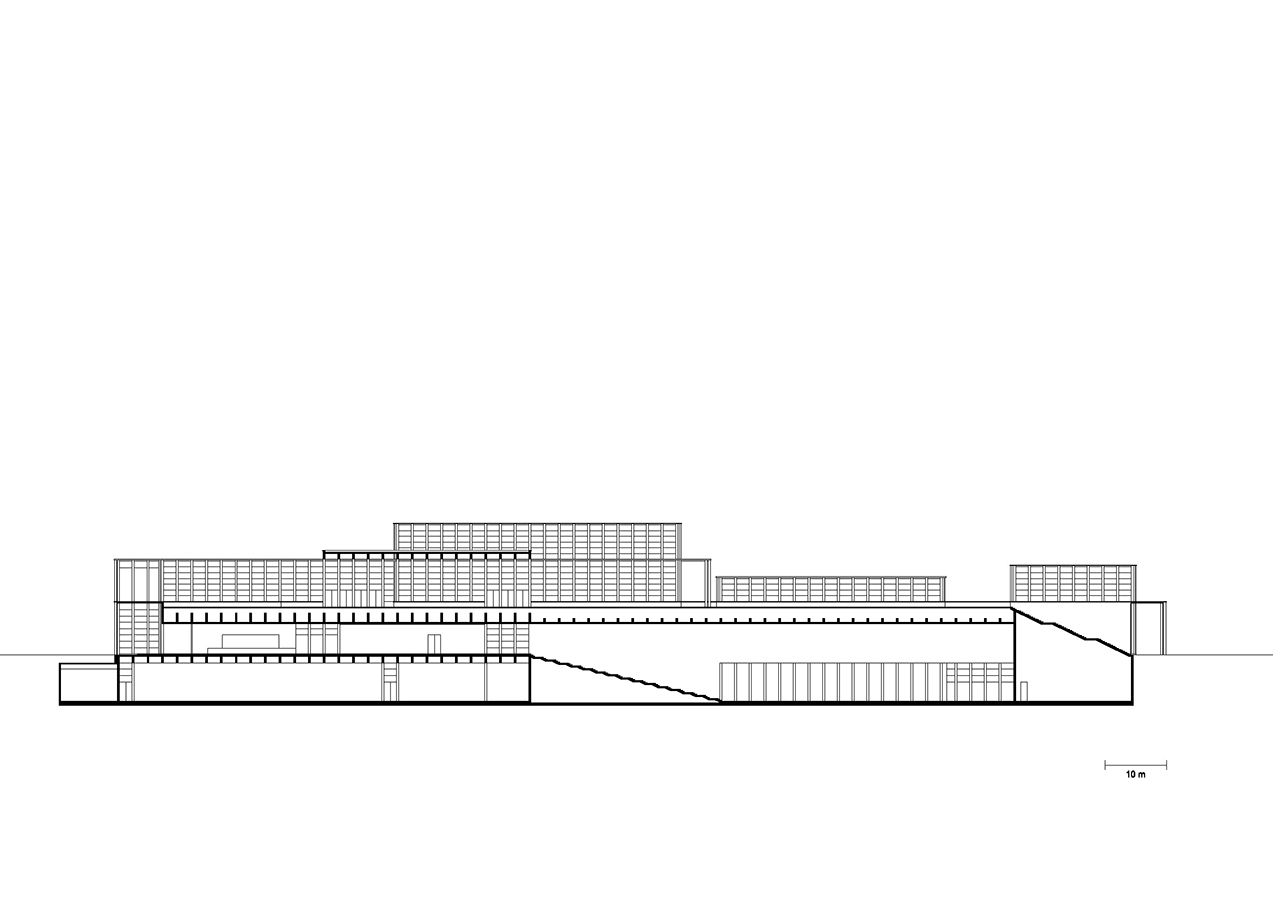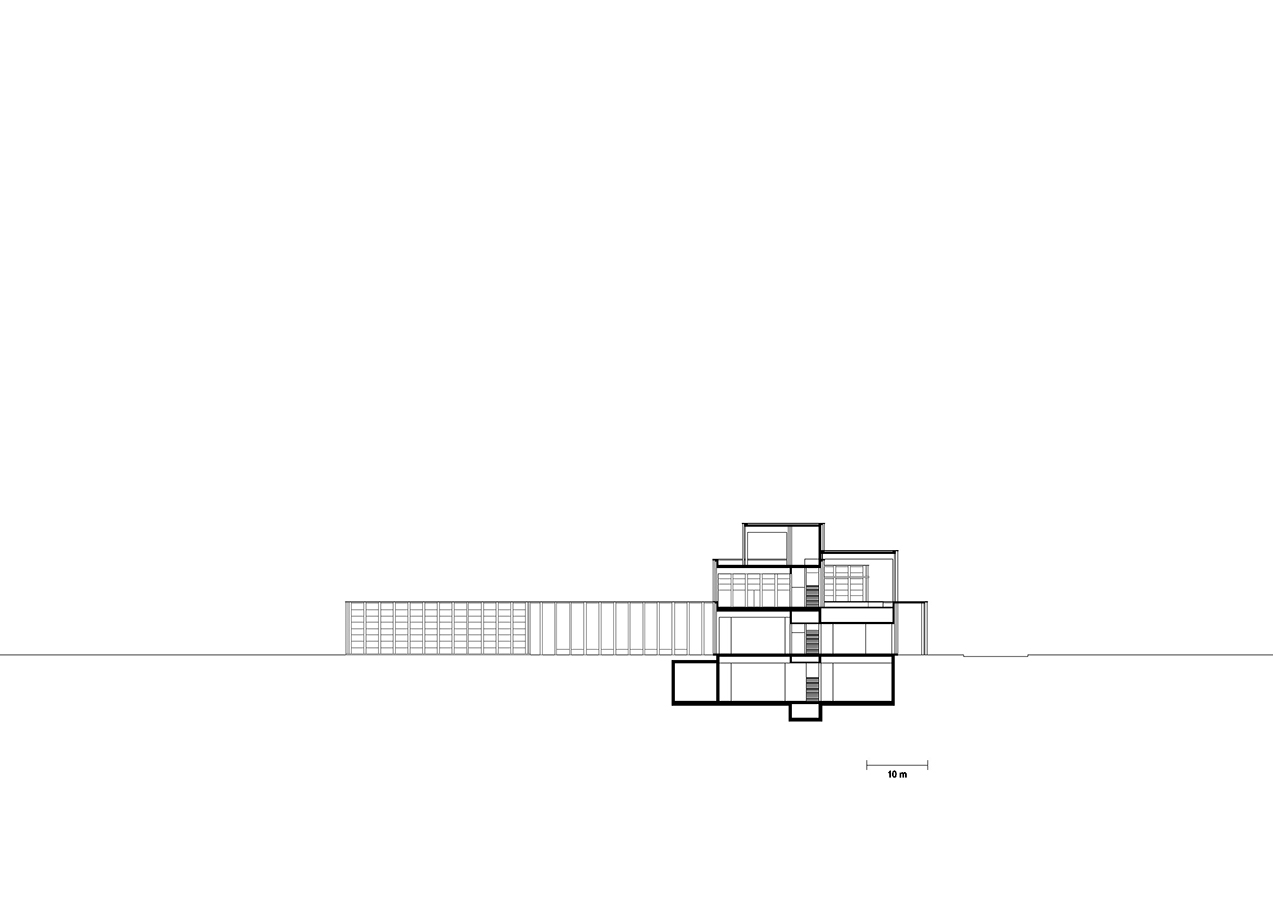Mughal Museum is a proposal by David Chipperfield for Uttar Pradesh Rajkiya Nirman Nigam in 2015. It is located in Agra India in a park setting. Its scale is large with a surface of 20.000 sqm. Key material is concrete.
The Mughal Museum is situated in the city of Agra, near the eastern gate of the Taj Mahal. The museum presents the political and cultural milestones of the Mughal era through its art and architecture and accommodates 5,200 m² of permanent and temporary exhibition space. It is part of a larger masterplan to improve visitor facilities in the area surrounding the mausoleum, which attracts up to eight million visitors a year. Working in partnership with Studio Archohm, David Chipperfield Architects Berlin has designed the new museum.
With reference to traditional Mughal architecture, the museum adopts principles such as rationality, order and repetition, and reinterprets these in a modern architectural language. Colonnades, composed of slim pillars placed at close intervals, frame the building and interweave interior and exterior space. In addition, a further series of engaged columns imbue the façade with a strong rhythm. Generous external staircases lead to a public roof terrace with an open pavilion where a café and tree-shaded areas provide an inviting environment with views towards the Taj Mahal. The Resource Center, an additional building situated to the north, is connected to the museum with a further colonnade and provides space for teaching and research.
The ground floor of the museum houses temporary exhibitions, an auditorium and a shop. It also facilitates communication with the city, and contributes to the liveliness of the place. A sequence of differently proportioned spaces in the lower floor level accommodates the permanent collection and is characterised by varying atmospheric lighting conditions. The chosen materials underline the tactile presence of the rational and repetitive architecture. The opaque façade of the museum is made of marble while the exhibition spaces are characterised by stone and fair-faced concrete. Translucent materials such as glass ceramic allow for a wide range of daylight uses within the museum’s interior.
